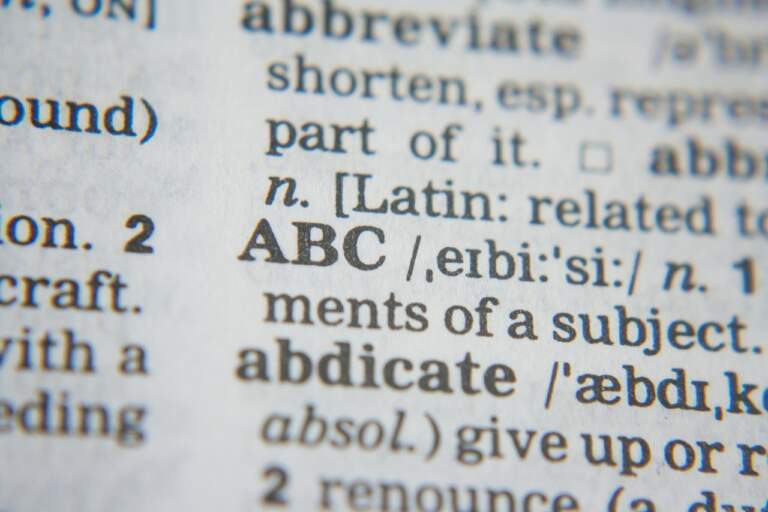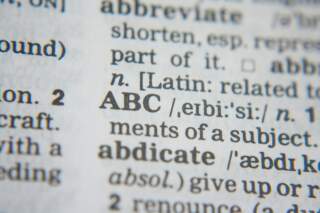
Introduction
How to get students to write is probably one of the more recent challenges that high school English teachers face.
Whether it’s an essay, literary analysis, short answer response, or even answers to comprehension questions, students often express frustration at having to write. Sometimes, it’s laziness; other times, however, it’s because they aren’t confident about writing.
Throughout the years, I’ve learned some effective and useful strategies on getting students to write, improving their confidence and approaching writing tasks with little worry. What follows are strategies I’ve implemented.
Power Writing
Power Writing is perhaps the simplest and most effective way of how to get students to write. This activity requires no heavy planning and is very low-stakes.
In Power Writing, students are tasked with choosing between two words—projected or written on the board—and writing as long of a sentence as they can in one minute using their chosen word. These words should be low stakes and engaging; however, you can also include words that are thematically linked to a text students will read.
They will go through three rounds of this activity; after each round, they’ll tally up the total number of words in their sentence. Then, they will add up the total number of words in each round and divide by 3 to get their total WPM (words per minute) for the exercise.
Each time students complete Power Writing, the goal should be for them to improve their WPM. In this way, they’re being given an opportunity to improve their writing fluency, reducing the likelihood of them being unable to finish a written assessment in a given amount of time.
11-Minute Essay
The 11-Minute Essay, a writing activity by Gretchen Bernabei, is another way how to get students to write. Much like Power Writing, the 11-Minute Essay is low stakes and doesn’t require too much planning.
In this activity, students are shown an image that’s thematically linked to a truism written underneath it; this truism—a statement everyone can relate to—serves as the basis for their 11-Minute Essay.
Once the class has looked at the image and read the truism, it’s time for them to start writing their 11-minute essays. Each part of the essay is timed, so it’s important to use a timer to signal a transition from one part to the next.
The 11-Minute Essay is broken down as followed:
- Introduction (1 Minute): Students write their thoughts or reactions to the truism.
- Body Paragraph 1 (3 Minutes): Students relate the truism to something they’ve read.
- Body Paragraph 2 (3 Minutes): Students relate the truism to something they’ve watched.
- Body Paragraph 3 (3 Minutes): Students relate the truism to a personal experience.
- Conclusion (1 Minute): Students explain why this truism is important.
Once 11 minutes have passed, have students look at how much they’re written in such a short period of time. Many of them might be surprised by how much they’ve written! Over time, you can change the activity and tailor it to your instructional needs.
One way I do this is by making the activity tailored to persuasive writing, which is broken down as followed:
- Introduction (1 Minute): Students write their agreement or disagreement with the truism and why.
- Body Paragraph 1 (3 Minutes): Students provide an example from something they’ve read that supports their opinion.
- Body Paragraph 2 (3 minutes): Students provide an example from something they’ve watched that supports their opinion.
- Body Paragraph 3 (3 minutes): Students provide a counterargument to their opinion and refute it.
- Conclusion (1 Minute): Students restate their opinion or write a call to action.
The great thing about the 11-minute Essay is that it provides students with a foundational writing structure for their own essays. Much like Power Writing, the more students engage in this activity, the more improved their writing fluency will be.
If you’re looking to start The 11-Minute Essay, take a look at some of Gretchen Bernabei’s collection of visual prompts.
Final Thoughts
Power Writing and The 11-Minute Essay are simple and effective ways of how to get students to write. By continuously engaging students in these activities, they’re improving their writing fluency; similarly, you also have data you can use to provide in-class intervention support for students who may need it.
Have you used Power Writing or The 11-Minute Essay before? If so, how did it go? Let me know in the comments!






Leave a Comment